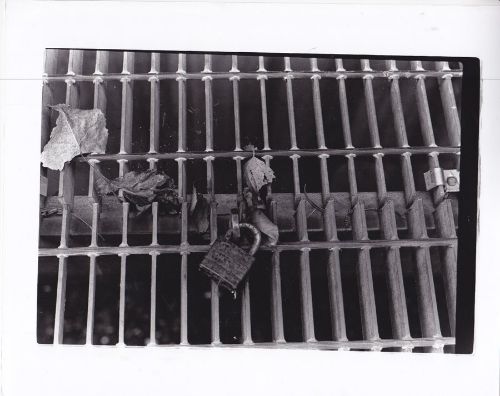This morning I awoke thinking of body armor. Imagine the padded chest protectors used by umpires, or those worn by fencers. These carry on a design idea with ancient origins. In the Middle Ages, thickly padded, quilted material was used to make body armor. It protected the warrior from the blows of early weaponry. Later, similar garments were used under plate metal or chain mail armor. At that point, the quilted vestments protected the body from the metal armor itself.
 Body armor, a means to protect oneself from attack.
Body armor, a means to protect oneself from attack.
We all carry armor. For some it is thin, easily penetrated. Others have thick, sturdy armor that lets nothing in. And we all have potential sources of attack. Usually that is emotional rather than physical. Most of us have people in our lives who provide a continuing stream of negative emotion. A co-worker’s tone of voice, gossip, or undermining; a family member’s repeated reminders of mistakes made, or warnings of those yet to be made. Besides things done “to us,” we have loss, worry, hardship of various types. All can take their toll, leaving us damaged and weakened.
To protect ourselves from these ongoing challenges, we need defenses. We build armor over time, but the armor can take different forms. Suspicion and mistrust are two we all know. We’ve all been taught to be careful of strangers. We’ve all been cautioned about sharing too much personal information, especially in the age of identity theft. We hide ourselves from others, careful not to reveal facts or feelings. If they don’t know what hurts us, it’s less likely that they will.

 Body armor, a means to protect oneself from attack.
Body armor, a means to protect oneself from attack.